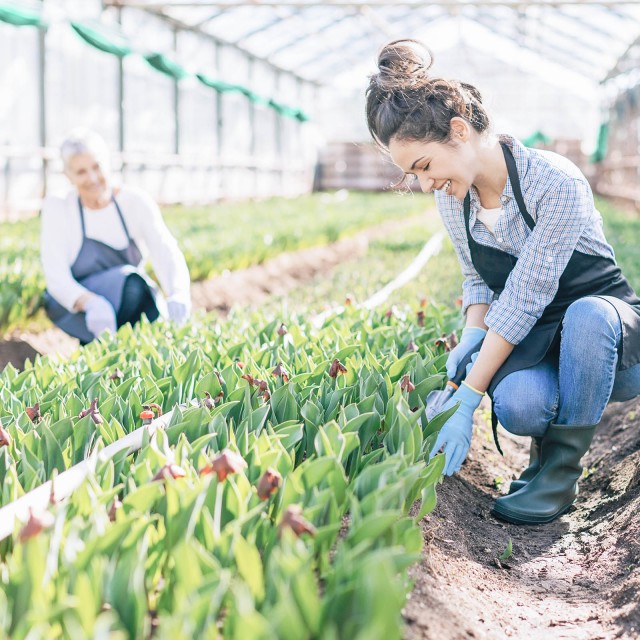August 2019
Shades of green
Green loans come in many shades, such as green promotional loans or positive incentive loans. What is behind them?


Green loans can be an attractive financing instrument for companies. Even “normal” bilateral or syndicated loans can be made green. Cheaper interest rates are included with some variants. So what makes a normal loan green? The purpose of the loan is considered green if it is spent on environmentally friendly, climate-friendly or resource-saving investments. There are also state-supported promotional loans for this purpose. The lending conditions sometimes also depend on how sustainably the company performs.
The success story of green loans
Global lending volume of green loans in USD bn
Green promotional loans
In Germany, promotional loans are the first choice when it comes to financing sustainable projects. The federal government, the federal states and the European Union have a large number of programs at their disposal that can be used as important building blocks for financing pioneering projects. In 2018, the German SME sector as a whole received around EUR 10bn from KfW for environmental projects. There were also loans from the development banks of the individual Federal States.
It is not always easy to get your bearings in the complex world of promotional loans. That is why LBBW supports you in selecting the right promotional offer, and helps you to make your application successful. After all, most green projects cannot be implemented exclusively with subsidies, but are often part of a larger financing plan. An example of this is the new youth hostel in Heilbronn, which was built to be energy-efficient with LBBW’s help.
Positive incentive loans
Positive incentive loans follow a completely different approach. The funds are used for general corporate financing and are not earmarked for any specific purpose. The interest rate of the loan changes depending on how sustainably the company acts overall. The more sustainable, the lower the interest rate – this is the “positive incentive.”
“Positive incentive loans enable us to actively support the green economy of our customers,” says LBBW expert Joachim Müller. To this end, the cost of the loan is linked to the borrower’s sustainability ranking or specially defined sustainability criteria. “This can give the company a price advantage and it makes a big contribution to the public image,” says Müller. This product will become even more important in the future.
With positive incentive loans, the market for sustainable financing is opening up more strongly for companies that find it difficult to specify clearly definable green projects for themselves. However, to date, there are only a few transactions on the market that have been structured in a similar way – one of them is the positive incentive loan agreed between Voith and LBBW in January 2019. Here, the amount of the guarantee commission depends on Voith’s sustainability rating.
Do you have questions?
Contact us!




